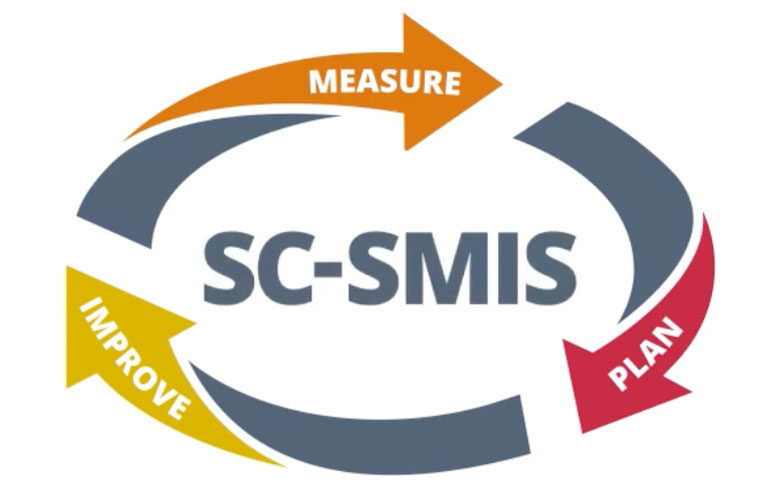New video touts the benefits of a strong safety climate

Photo: CPWR
Silver Spring, MD — Developing a strong safety climate on construction worksites can improve safety outcomes, CPWR – The Center for Construction Research and Training says in a new video.
Safety climate refers to workers’ perspectives about a company’s safety practices, Chester Humbert, senior safety manager at Manafort Protection, says at the start of the video.
Humbert and other safety directors go on to offer their perspectives on bolstering safety climate using eight leading indicators to help predict and prevent future incidents:
- Demonstrate management commitment
- Align and integrate safety as a value
- Ensure accountability at all levels
- Improve supervisory leadership
- Empower and involve employees
- Improve communication
- Train at all levels
- Encourage owner/client involvement
Sean Keaney, safety director at Kaplan Construction, finds “the best tool for success” is being approachable.
“Overall, I like to encourage any leadership of any company to spend as much time as they can visiting the jobsites,” Keaney says. “Not visiting jobsites to see the progress, see the latest thing that got installed, but to really interact with the workforce on the jobsite.
“Show them that you care and show them that you can help correct things.”
Because construction can be fast-paced and results-driven, MacKenzie Cronin, safety manager at G&C Concrete Construction, emphasizes the importance of “slowing it down, making safety more of a priority as a group effort, involving all levels to achieve a safe, positive environment.”
Post a comment to this article
Safety+Health welcomes comments that promote respectful dialogue. Please stay on topic. Comments that contain personal attacks, profanity or abusive language – or those aggressively promoting products or services – will be removed. We reserve the right to determine which comments violate our comment policy. (Anonymous comments are welcome; merely skip the “name” field in the comment box. An email address is required but will not be included with your comment.)

